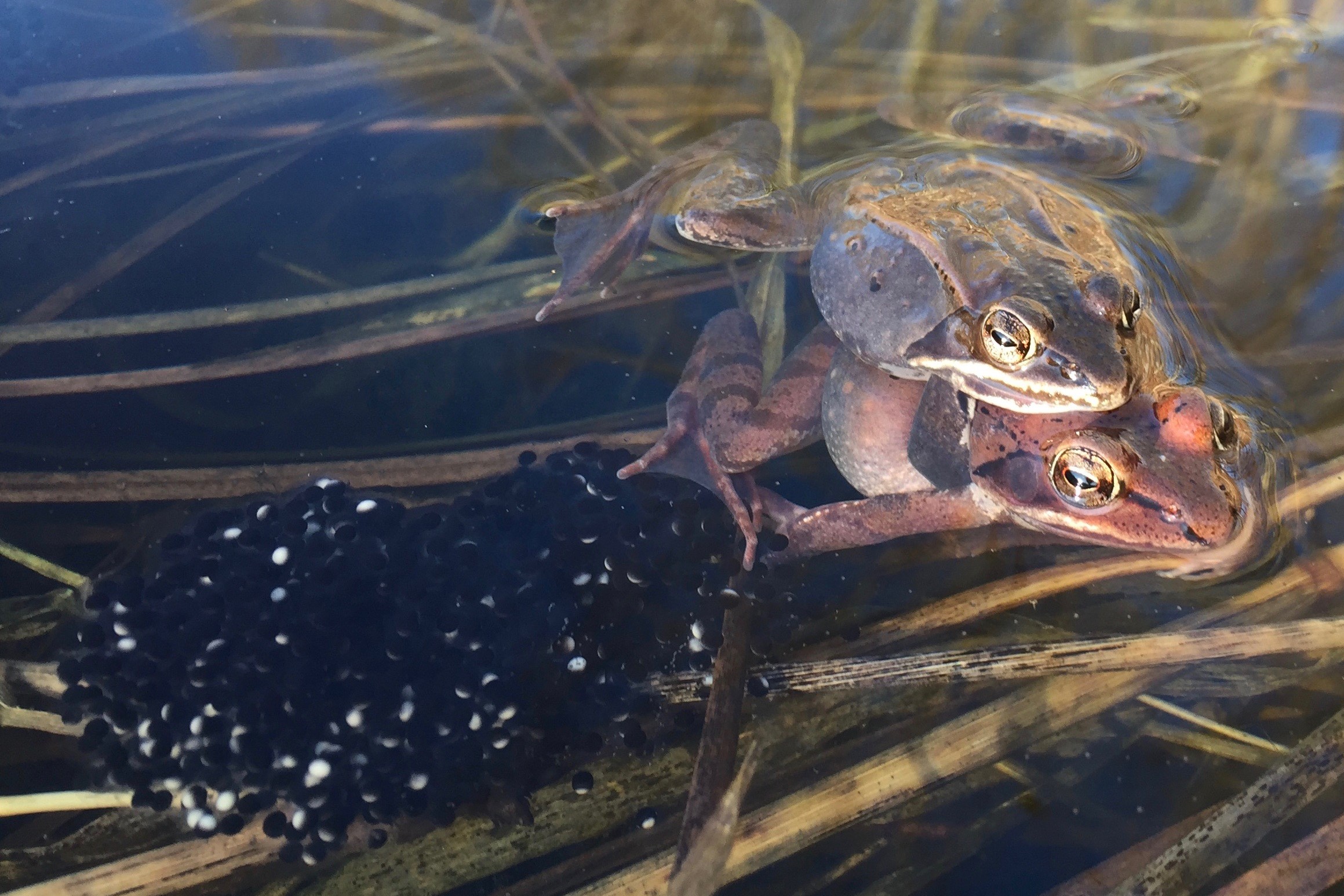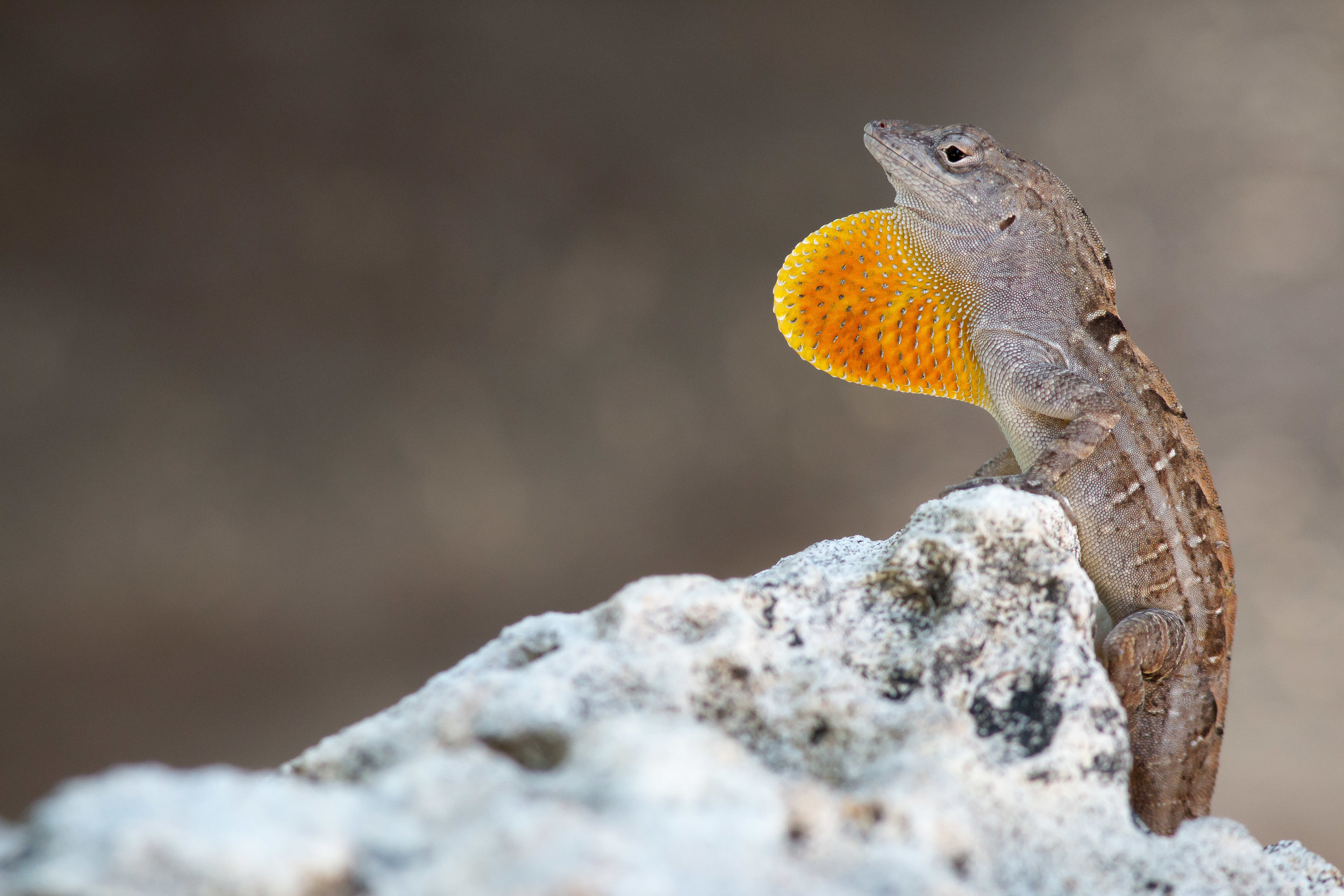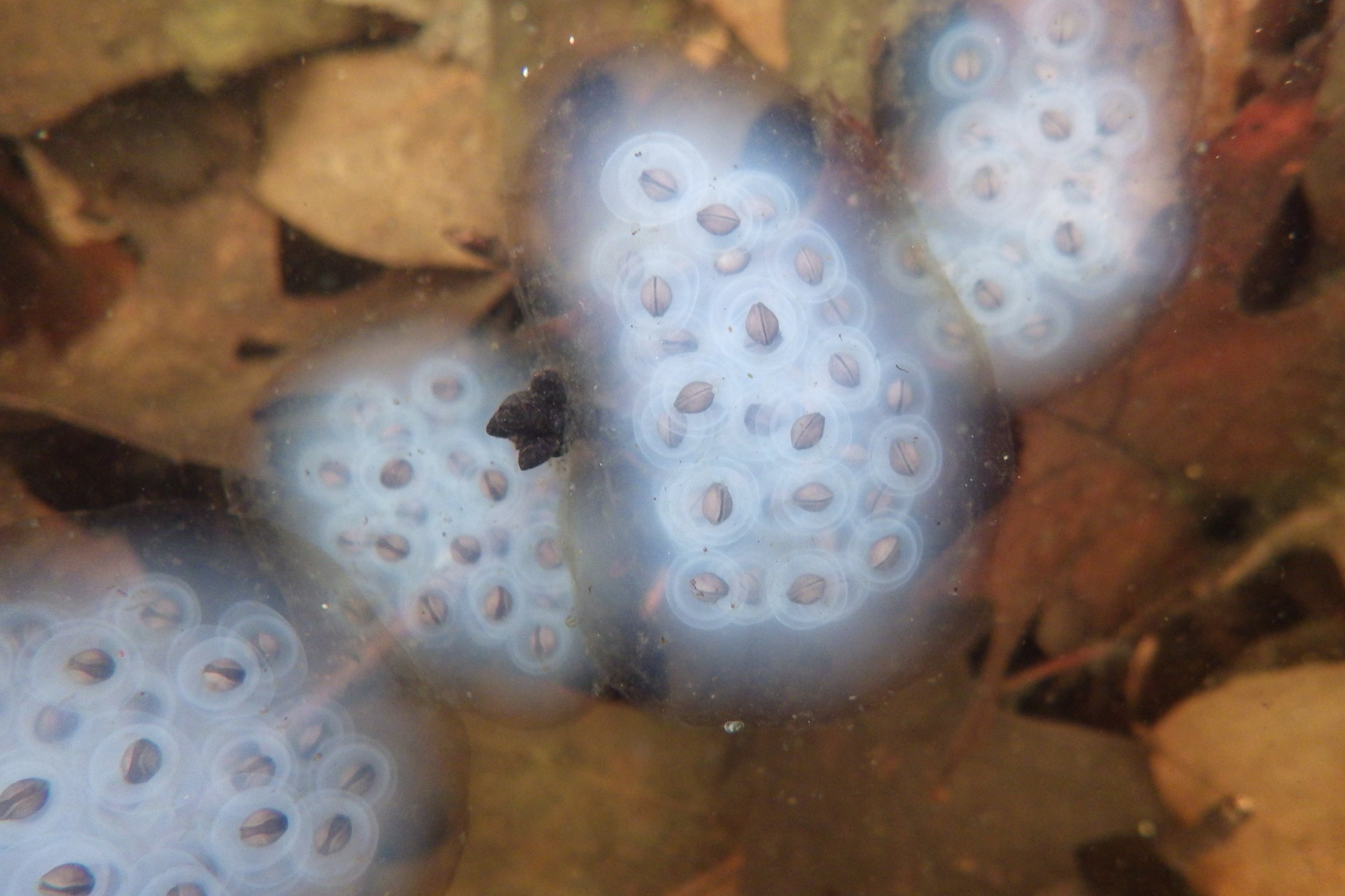Home
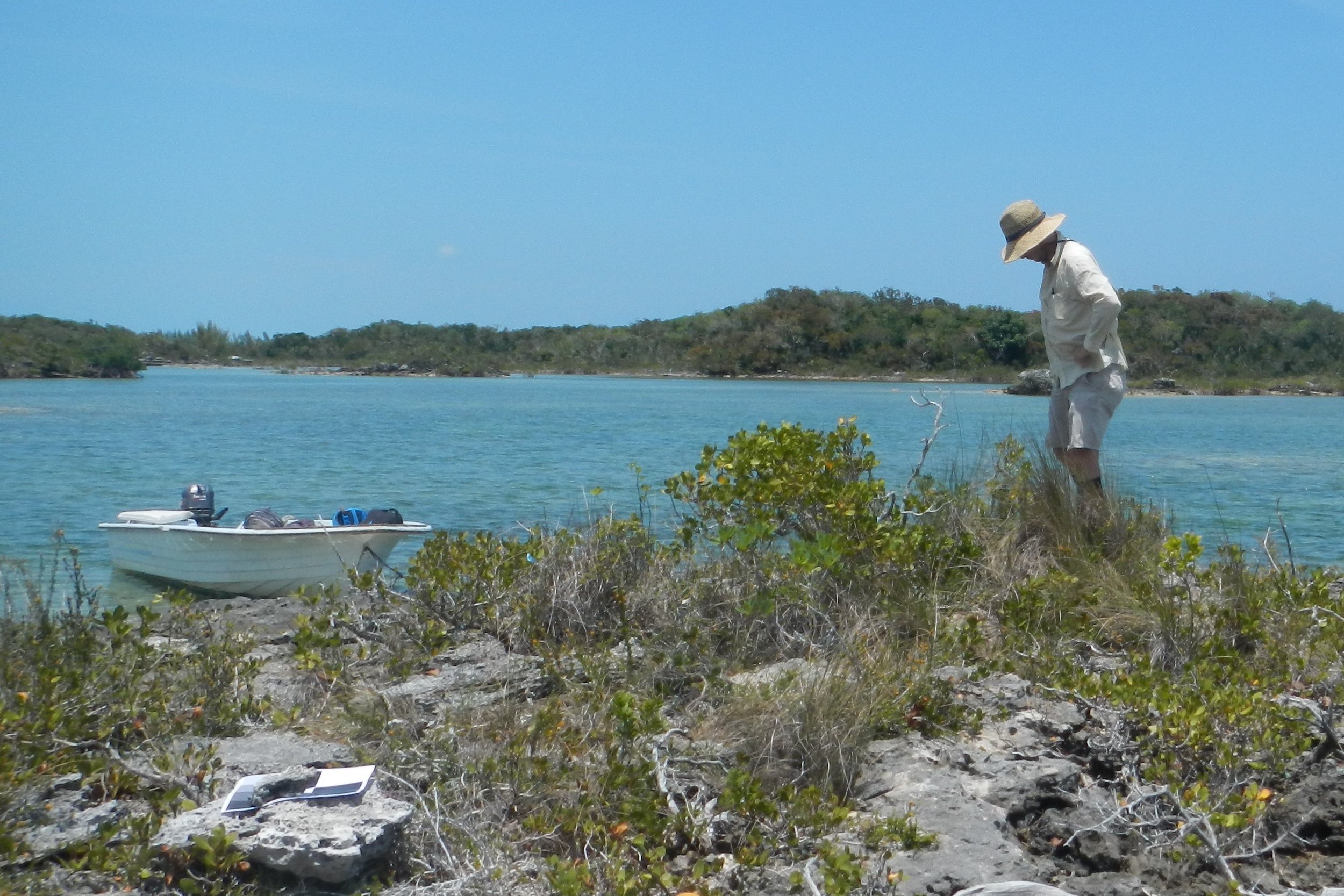
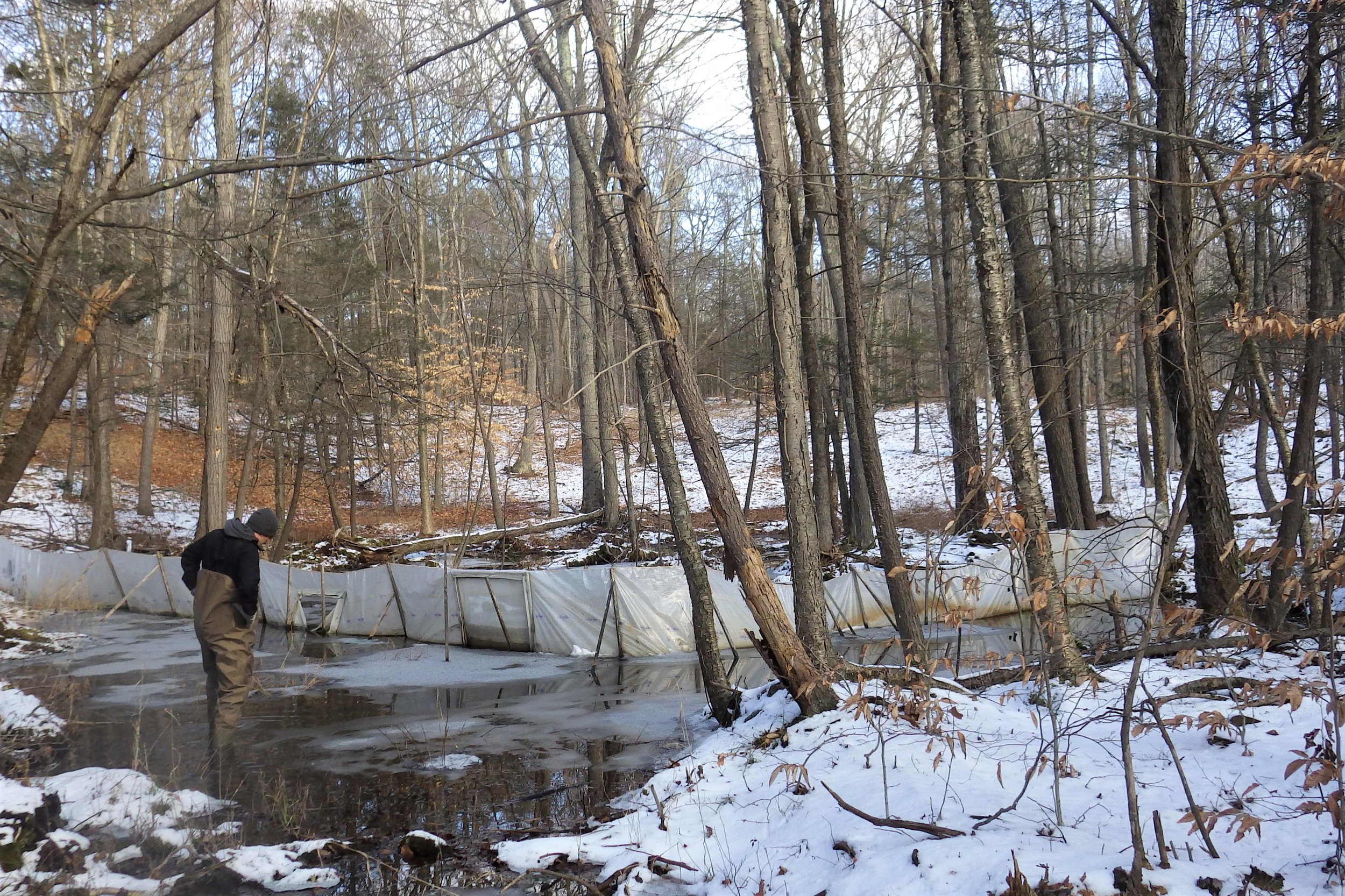


We investigate the origins and ecological consequences of phenotypic variation.
Department of Biological Sciences
Ohio University
Athens, Ohio 45701
giery at ohio.edu
News
We have been awarded a new NSF grant to collate and analyze decades of ecological and evolutionary data from The Bahamas. We’re super excited to get started!
We received a generous grant from the 1804 Fund to expand and upgrade our mesocosm facility! These funds will pay for a wide range of upgrades to our mesocosm facility here at OU! There are too many enhancements to list here, but the primary item will be installation of a high-capacity, all-season electrical supply dedicated to the mesocosm facility. This upgrade will enable a much wider range of experiments as well as continuous sensing of water parameters. Thanks to the 1804 Fund for it’s generous support!
Can intraspecific variation in a widespread, common salamander affect aquatic ecosystems? That’s the question that Jon Davenport (Appalachian State University) and I set out to answer. Using a mesocosm experiment we show that yes, evolved intraspecific color variation in Spotted Salamanders just might be ecologically relevant!
Positions are focused on the ecology and evolution of reptiles and amphibians. Prior expertise in these organisms is not required. See the OU webpage for PACE application information: www.ohio.edu/financial-aid/types/employment/pace
The Department of Biological Sciences at OU has a great foundation in Evolutionary Ecology and I’m pleased to be joining this group of tremendous researchers. Prospective graduate students and interested postdocs should use this form to inquire about opportunities in the lab.
Ohio University is located in Athens— a small, affordable town nestled in the low hills of southeastern Ohio. Come join us!
How will species respond to climate change? Will their ranges expand as mechanisms limiting their geographic range are weakened? In this new paper led by Mark Urban, we develop a mechanistic model that explains current distribution of marbled salamanders at their northern range limit and then project their range expansion given multiple climate change scenarios. The upshot is that marbled salamanders are likely to occupy a larger fraction of ponds and will expand their range north over the next century. A terrific integrative effort by the Urban lab!!
Super excited to share the results of a recent collaboration with Marketa Zimova et al. on their analysis of long-term data on morphological shifts in birds. Essentially, we show that small bird species are changing faster that larger ones. Interestingly, the effects of body size appear independent of generation length suggesting that body size itself is important for determining the strength of selection or the response to it. Either way, these data provide new insights into an explosion of research showing contemporary shifts in body size and morphology is wild vertebrates.
Terrific artwork and text summaries by Abby McBride/Sketch Biologist featuring our recent Oikos Forum paper: An eco-evolutionary perspective on the humpty-dumpty effect and community restoration. A great paper led by Dr. Annette Evans that leverages the Humpty-Dumpty metaphor to explore the role of contemporary evolutionary change in the restoration of communities and ecosystem. It was a great exercise; one that we believe will help a wide range of ecologists and conservationists frame the various outcomes of ecological restorations. It’s wonderful to see this wonderful supplemental coverage by Oikos!
Cool new paper on resource use in Puerto Rico anole lizards with Drs. Ingram and Losos. We examined variation in structural microhabitat, thermal habitat, and prey use in an assemblage of six anoles belonging to three ecomorph categories in a Puerto Rico. Our analysis largely corroborates existing hypotheses that anole adaptive radiation and community assembly is predictable with clear structural habitat divergence among ecomorphs, and secondary divergence within ecomorphs (i.e., among species) using different climatic niches. The hierarchical approach we employ presents opportunities for a comparative approach to understanding how ecological diversity is partitioned within communities.
After the establishment of the Brahminy blind snake (top panel), Abaco Island in the Bahamas now has two species of blind snakes. Similarities between this global invasive and the native Cuban brown blind snake (bottom panel) suggest that this new introduction is a potential threat. Over the last several years, multiple species of reptile and amphibians have invaded and become established on Abaco. Photo credit Tyler B. Devos.

We use natural and human-disturbed ecosystems to identify the ecological and evolutionary processes that influence population persistence and ecological function.
